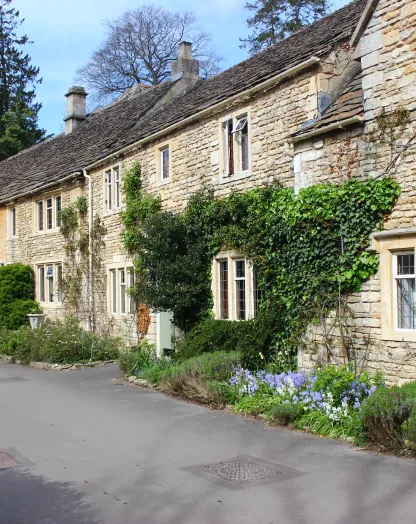Andy Warhol banana settlement agreed
A dispute over a banana could have gone to court, bringing a very literal meaning to the saying “bananas”, though all jokes aside, this was a very serious matter concerning two giants in the world of culture.
Before we delve in, a brief back story is warranted. In the late sixties, The Velvet Underground, one of the most famous American rock bands the world has ever known, collaborated with Andy Warhol on the design of their debut album.
It resulted in an image of a now iconic incandescent banana in the pop artist’s signature style, with, of course, his distinct signature to boot. It’s against a white background.
The album made them famous. Warhol, well, he was already well-established. Neither could have envisaged that the design would bring with it a rather unpleasant headache, many, many years later.
In 2012, the remaining members of the band sued the Andy Warhol Foundation, when the latter decided to license the design to third parties. It opened up a fascinating debate about who owns the right to the image.
The Velvet Underground argue that the Warhol design is embedded in their history, a symbol that is easily identifiable as theirs. Therefore, it cannot be co-opted by other brands, products or organisations without their consent.
Meanwhile, the foundation, which was established in 1987 when Warhol passed away, responded by saying they own the image. Certainly, as his will stated, the foundation took up ownership of his copyright.
Both parties have come to some sort of reconciliation though, as has been revealed by a filing in a federal court in New York. It states that a settlement has been agreed, though the exact nature has not yet been disclosed.
“The parties have reached a confidential agreement to settle the case,” Joshua Paul, a lawyer for the Warhol Foundation, said in a letter yesterday to the judge. The ambiguity suggests that both sides may have weakened their position and agreed on a middle ground.
What emerges perhaps is the bankability of Warhol. He remains a highly sought after artist at auction, but additionally, and not without irony, he continues to be commercially lucrative.
He himself knew this: “Being good in business is the most fascinating kind of art. Making money is art and working is art and good business is the best art.”
His works have a market value of $120 million (£79 million), and the foundation earns approximately $2.5 million (£1.6 million) a year from licensing his designs, which allows it to promote research, exhibitions and conservation into his work.
Cadogan Tate has extensive experience in shipping fine art all over the world.



